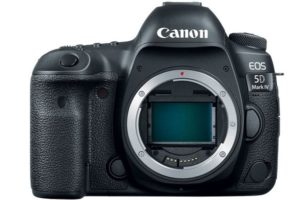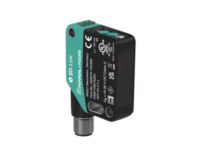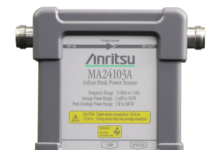
Canon has developed a 2/3″ sensor with a global shutter and high dynamic range, helping to pave the way toward future generations of video cameras.
The rolling shutter is a common issue in video. Because most cameras read each frame of sensor data by scanning across the frame either vertically or horizontally, this means that data from the sensor is not read simultaneously, which can cause artifacts, particularly with quickly moving subjects, the most common example being airplane propellers.
While certain cameras such as the Sony F55 have a global shutter, which reads all sensor data at the same time, the majority still use rolling shutters. Canon’s global shutter CMOS sensor initially had a smaller dynamic range that required two improvements to regain a wider range.
First, Canon doubled the saturated amount of electric charge (created by photodiodes turning incident light into current that is then read as brightness values) by having the sensor read the data twice at a half-speed frame rate and using an in-house analog-to-digital convertor to quickly read all the data.
In other words, the sensor’s pixels are saturated at 8,100 electrons at 120 fps, but 16,200 electrons at 60 fps. Second, they created a “light guide” structure that essentially funnels additional light down to the photodiodes. The result is a 2,592 by 2,054 pixel sensor with increased per-pixel sensitivity, lower noise, higher dynamic range, and a power consumption of only 0.45 W. It’s impressive tech and a sign of good things to come.
Source: https://fstoppers.com/



















